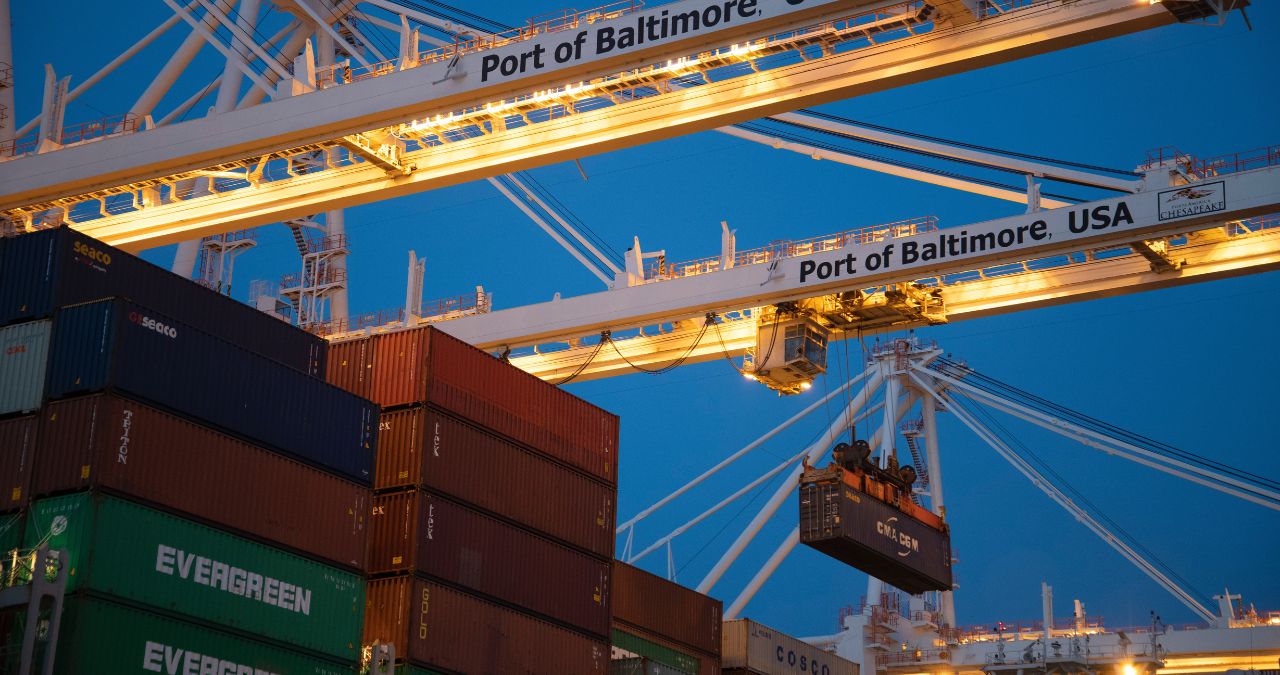
Supply chain disruptions have had a significant impact on businesses and consumers since 2020, growing worse over time. The first half of 2021 saw supply chain issues skyrocket by 638 percent, for example, and no corner of the globe remains unaffected. What started it? What are the root causes? Will Supply Chain Issues Improve in 2023?
Will Supply Chain Issues Improve in 2023?
Economists and political analysts agree that the COVID-19 pandemic and global political unrest both had a role to play in the supply chain issues the world is facing today. Raw material shortages, rising fuel costs, reduced energy availability, and inflation are among the other causes. That does not, however, necessarily mean all causative problems have to be solved before supply chain issues can markedly improve.
It’s also a question of how quickly global business leaders can implement measures to ease disruptions — and important work is being carried out in that area. Are we leaving the turmoil we have found ourselves in behind and will supply chain issues finally improve in 2023?
What Measures Are Global Business Leaders Taking to Alleviate Supply Chain Disruptions?
Industry leaders across the world have been working hard to stop supply chain issues in their tracks since the problem first emerged. Implementing these solutions however takes time. That fact partially explains why supply chain disruptions have persisted for so long.
Approximately two years after serious supply chain issues began, these measures are finally coming to fruition.
74 percent of globally-significant businesses have turned to new technologies to ease disruptions in global supply chain operations. 67 percent have introduced contingency plans aimed at stabilizing the supply chain, while 58 percent have focused on getting more environmentally-conscious supply chains up and running.
At the same time, the just-in-time (JIT) supply chain model that Toyota popularized in the 1970s clearly no longer serves consumers or players in the global economy well. As a result, 64 percent of businesses are making the move to the just-in-case (JIC) supply chain model, which should see products return to shelves.
Businesses are also starting to think more regionally and locally. Sixty percent of US-based companies have decided to prioritize US-based supply chain solutions, for example.
Supply Chain Issues in 2023: Will They Improve?
Besides the proactive measures businesses are taking, some other notable factors are also set to ease supply chain disruptions. Global inflation and a potential recession are easing supply chain pressures as spending power is dwindling. As unfortunate as this is at the moment, it will allow global supply chains to recover and be beneficial in the long term.
Global supply chain problems are already showing definite signs of easing up, and it’s likely that things will only get better from here. While some economists don’t predict an end to the current global supply chain crisis until 2024, others believe we could see a near-return to the pre-pandemic state of affairs as soon as the second half of 2023.
There is plenty of reason for optimism, then. Though nobody can predict the end of the current struggle with certainty, it is clear that we are moving in the right direction.
Will supply chain issues end in 2023? No. Will they improve? Certainly. Supply chain issues are improving as each day passes and will continue to do so.
Additional Information: The supply chain trends shaking up 2023
Nebraska Warehouse One-Stop-Shop | Technology Enabled 3PL Value-Added Services Warehouse | Freight Broker | Logistics
Nebraska Warehouse doesn’t just help to facilitate your shipments, but we are truly a one-stop-shop solutions provider. Our services include:
-
- Professional Storage Development and Management
- Quality controlled Environment
- Responsive, Personal Customer Service
- Reasonable Price
- Real Estate Development and Management
- LTL & FTL Shipping
- Refrigerated Trucking & Storage
- E-Technology Software
- Transportation Freight
- Dedicated Contract Warehousing
- 3PL Public Warehousing
- 3PL Specifications
